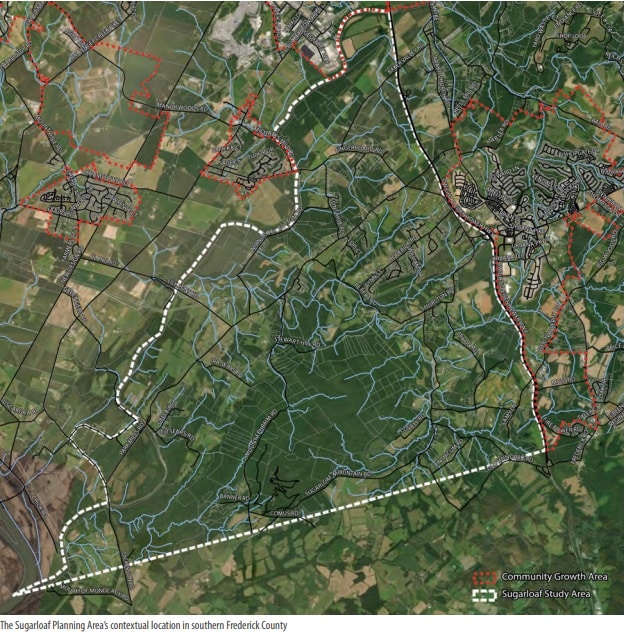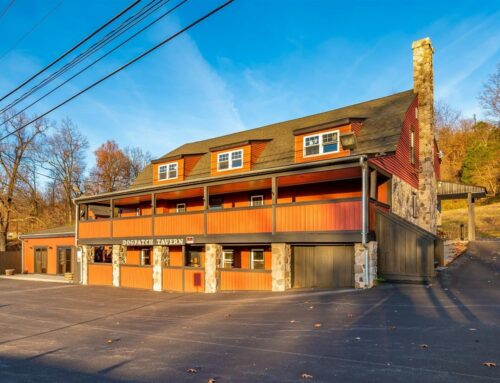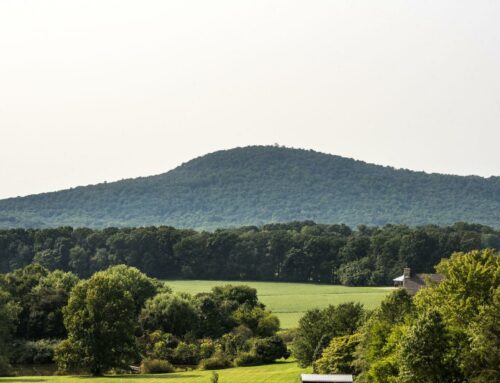We extend our gratitude for your continued interest and engagement in the ongoing developments around the Sugarloaf Small Area Plan. As promised, we’re here to provide you with an insightful update following the recent hearing on December 12, 2023.
Background: Recap of Concerns
In our previous communication, we delved into the potential negative impacts that the proposed Overlay could have on property owners in the Sugarloaf region. The concerns ranged from increased red tape and financial burdens for property improvements to limitations on forested properties and the introduction of new design standards for non-residential structures. Additionally, there were apprehensions about the involvement of the Maryland Department of Natural Resources (MDNR) and the prospect of future uncertainties as the Overlay could pave the way for additional restrictions.
Outcome: A Surprising Turn of Events
The Frederick County Council’s decision has taken many by surprise. In a 5-2 vote, the council rejected the proposed Sugarloaf Rural Heritage Overlay Zoning District. This decision has stirred both shock and questions about the future of the Sugarloaf region and the broader efforts to preserve it.
Council’s Vote: Dynamics and Perspectives
Councilmembers Brad Young, M.C. Keegan-Ayer, Kavonté Duckett, Mason Carter, and Renee Knapp voted against the proposed overlay zone, while Councilmembers Jerry Donald and Steve McKay voted in favor. The decision raises questions about the alignment of perspectives and priorities within the council.
Stakeholder Reactions: Diverse Opinions
Reactions from stakeholders vary widely. Former County Executive Jan Gardner expressed profound disappointment in the council’s decision, highlighting the missed opportunity to protect the unique environmental features outlined in the Livable Frederick Master Plan. Stronghold, the nonprofit owner of Sugarloaf Mountain, expressed gratitude for the rejection, citing the preservation of their mission.
Amendments and Unresolved Issues
Before the final vote, the council considered six proposed amendments, all of which were ultimately defeated. These amendments aimed to address various concerns, including the scope of land-use restrictions, critical digital infrastructure, and specific regulations for private parks.
Next Steps and Planning Efforts
With the rejection of the Sugarloaf overlay, attention turns to the previously adopted Sugarloaf Treasured Landscape Management Plan. The Livable Frederick Planning and Design Office will redirect its efforts to other projects, including the Water Resource Element and the South Frederick Corridors Plan.
Community Dynamics: Continuing Advocacy
While the council’s decision marks a significant development, it doesn’t signal the end of community engagement. Advocacy groups like the Sugarloaf Alliance remain committed to their goals, expressing disagreement with the council’s decision and vowing to continue their efforts to preserve the Sugarloaf region.
Closing Thoughts
The recent events surrounding the Sugarloaf Small Area Plan underscore the complexities of balancing environmental preservation, land-use regulations, and community interests. As we reflect on this chapter, it’s clear that the conversation is far from over. We encourage you to stay engaged, voice your perspectives, and be part of the ongoing dialogue shaping the future of the Sugarloaf region.
Thank you for being an integral part of this journey.







Leave A Comment